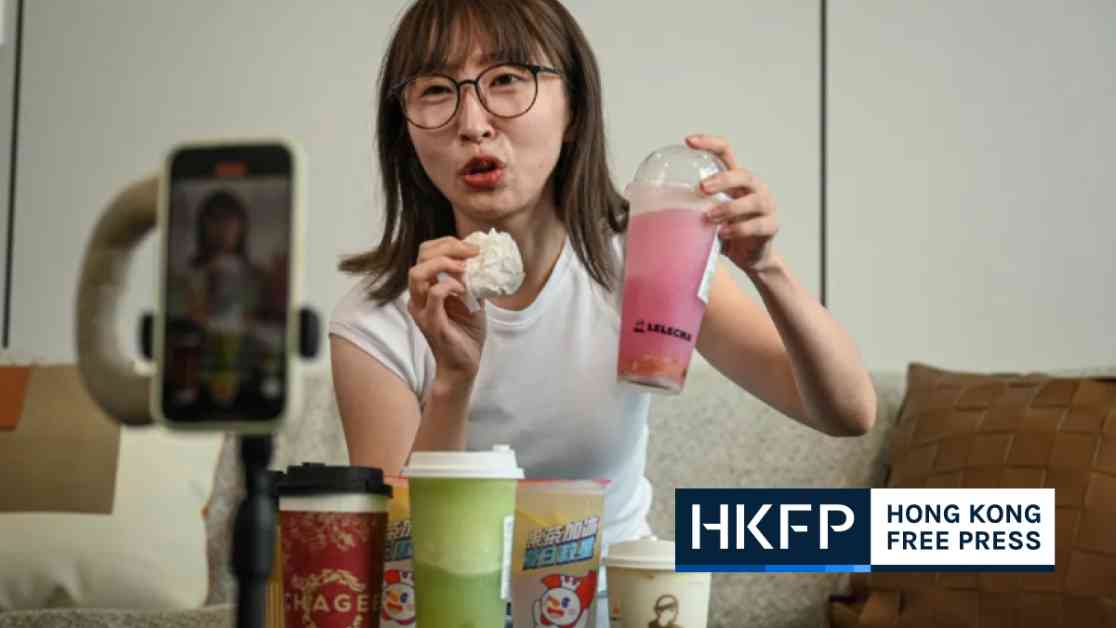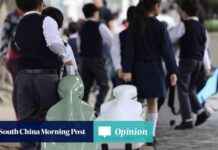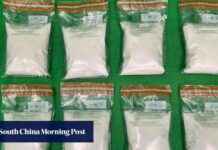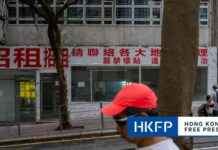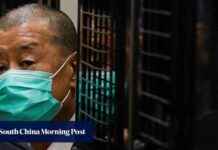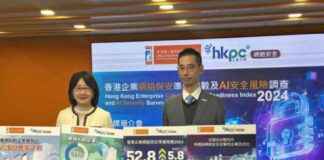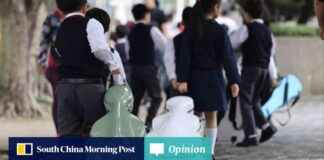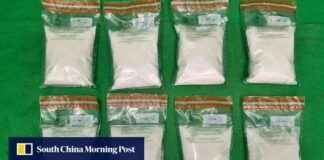China’s Bubble Tea Craze: The Impact of Frugal Youth
Bubble tea has taken China by storm, becoming a staple in the lives of many young consumers who are drawn to its sweet, milky, and colorful concoctions. From high streets to shopping malls, the sight of people sipping through straws from large plastic cups has become a common occurrence across the country. The popularity of bubble tea has skyrocketed in recent years, coinciding with China’s economic boom that elevated living standards. However, the post-pandemic landscape has brought new challenges to the industry, with consumers becoming more frugal and authorities struggling to stimulate spending.
The Rise of Ultra-Cheap Bubble Tea
In a market once dominated by premium products priced between 25 to 40 yuan (US$3.50 to US$5.50), a new wave of low-cost disruptors has emerged, offering bubble tea for as little as US$1 or less. This shift has been driven by the need for companies to stay competitive in a saturated market. Stacy Chen, a bubble tea vlogger based in Hangzhou, explains, “Reducing prices is the only feasible way for companies to highlight their market competitiveness.” With an online following of bubble tea enthusiasts, Chen provides honest reviews of various bubble tea options, showcasing the vast array of choices available to consumers.
The Growing Competition in the Bubble Tea Industry
China’s bubble tea industry has flourished in recent years, with countless brands vying for consumer attention through innovation and affordability. One notable player in the budget segment is Mixue Bingcheng, founded by two brothers in 1997 as a shaved ice shop in Henan province. The company has rapidly expanded, with thousands of stores across China and in several other countries. Mixue has capitalized on the trend of lower-priced milk tea offerings, gaining a competitive edge in a market plagued by stiff competition and product homogeneity.
Evelyne Chang, a market analyst at China Skinny, notes that many restaurants and cafes in China are adjusting their prices to align with consumer spending behavior. Mixue’s success in the low-price milk tea segment exemplifies this shift, as consumers seek value for money in a challenging economic environment. The ongoing economic uncertainties in China, including property sector woes and trade tensions, have dampened consumer confidence and fueled a price war in the bubble tea sector.
The Appeal of Low-Cost Bubble Tea for Frugal Youth
For young professionals looking to save money while living in China’s major cities, affordable bubble tea options like Mixue have become increasingly attractive. With rising work stress, limited salary growth, and an uncertain economic climate, many young consumers are opting for practical and budget-friendly choices. 21-year-old Guo Jun, a customer at a Mixue shop in Beijing, explains, “Other milk teas are too expensive. Work stress is high, the current economic environment is not good, things like salary are not great, so (young people) may choose to be more practical.”
Chen, the vlogger in Hangzhou, points out that the popularity of domestic coffee chains offering affordable alternatives to premium foreign brands like Starbucks has influenced consumer expectations. Chinese consumers now expect more value for their money, leading them to seek out lower-priced options in the bubble tea market. This shift in mindset has reshaped the industry, challenging established brands to rethink their pricing strategies and offerings to stay competitive.
In conclusion, China’s bubble tea craze continues to evolve, driven by the changing preferences of frugal youth in a challenging economic landscape. The rise of ultra-cheap bubble tea options, the intense competition in the market, and the appeal of affordable beverages to cost-conscious consumers all shape the current landscape of the industry. As companies navigate these shifts and adapt to the changing consumer behavior, the future of bubble tea in China remains dynamic and ever-changing.
